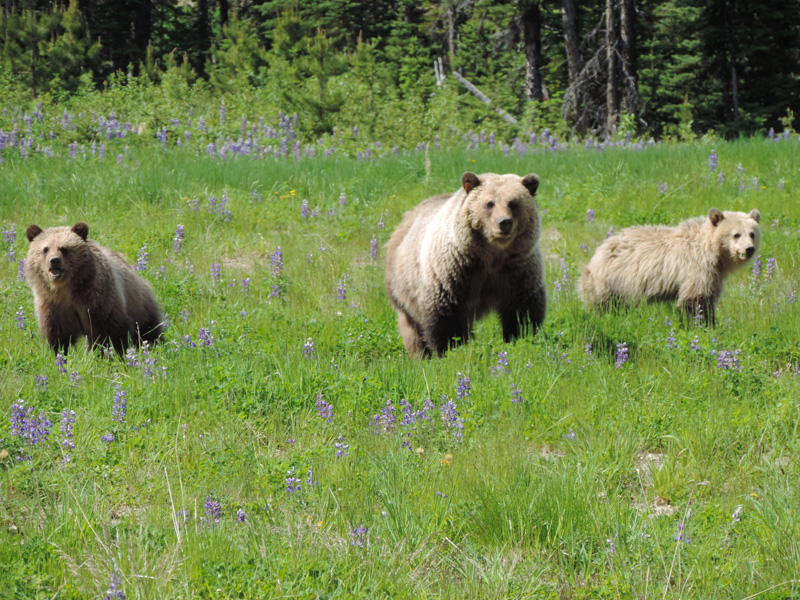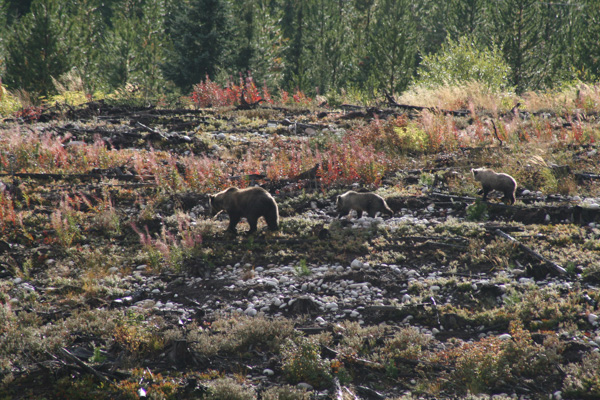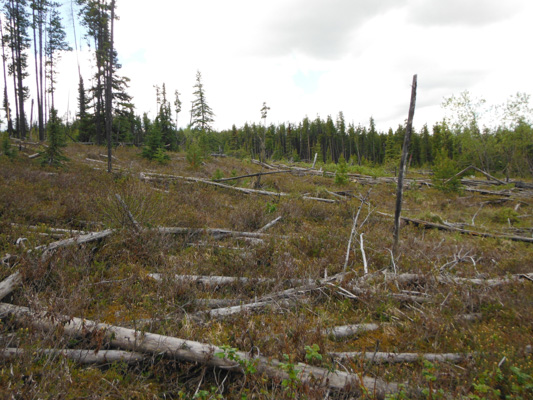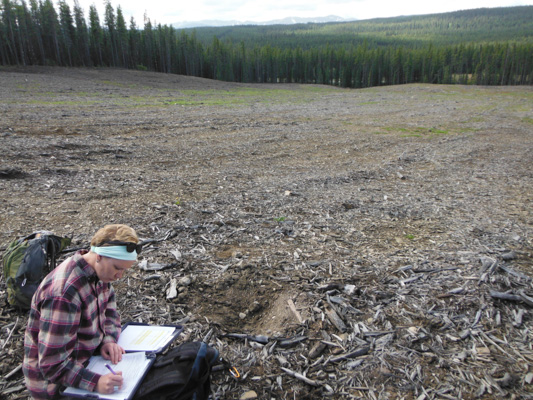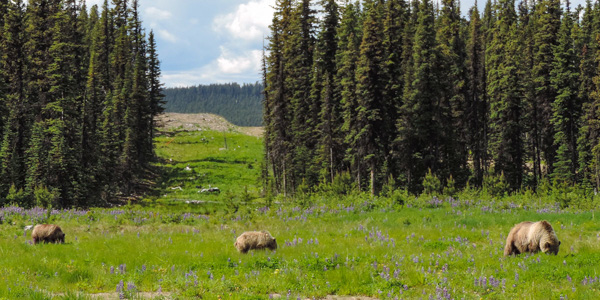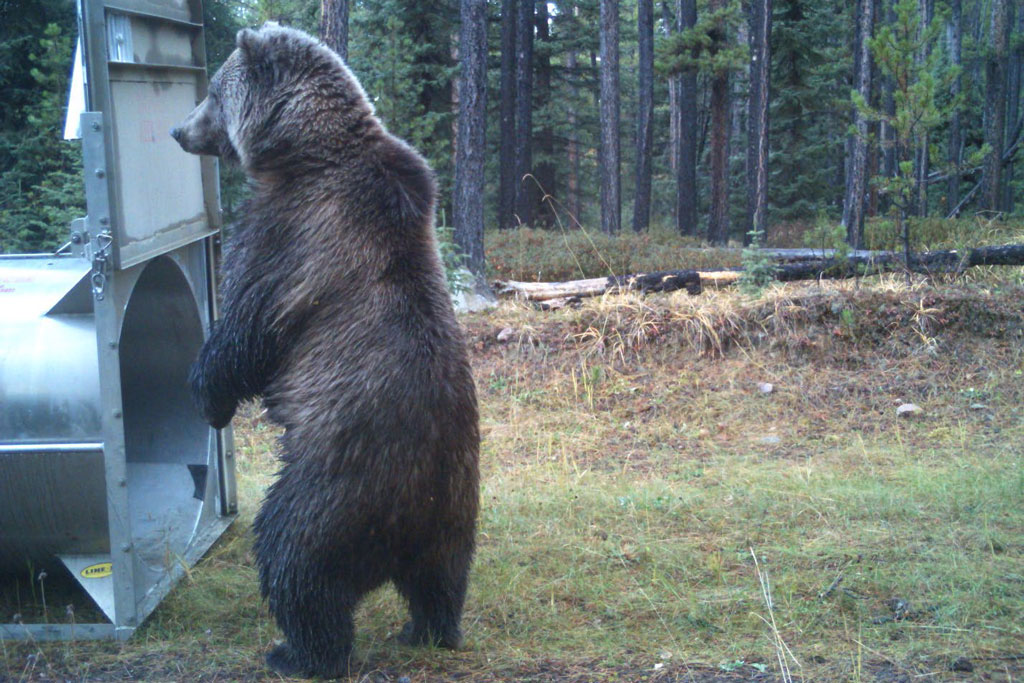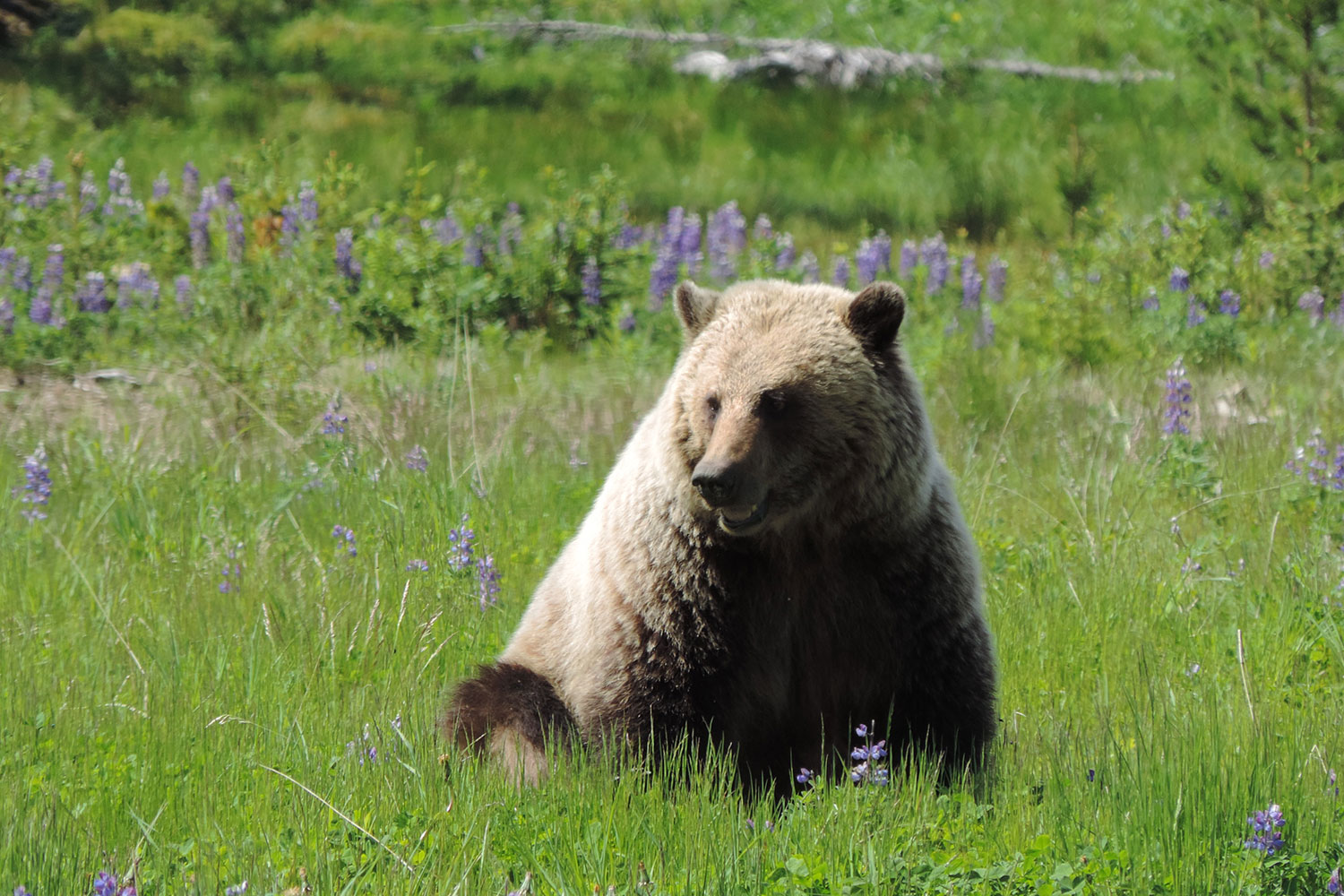
Article published in The Journal of Wildlife Management. Citation and abstract only.
Abstract
Evaluations of wildlife translocation can be traditional assessments of survival and reproductive success or can be expanded to include valuable but seldom used measures of behavior and physiology in reference to baseline data from a resident population. In Alberta, Canada where grizzly bears (Ursus arctos) are listed as a threatened species, there has been research on resident grizzly bear populations but limited follow- up of translocated individuals associated with management actions. We determined an outcome for 110 grizzly bear translocation events (77 failed events, 33 successful events) between 1974 and 2014. We used logistic regression to investigate the effects of individual bear characteristics, management strategies, and habitat factors on translocation success. A translocation event was successful if the bear did not require further management action and if the bear survived at least one year without homing. We also compared the home range size, habitat selection, and denning behavior of translocated bears to the resident population over time to assess the long-term effects of translocation. The odds of translocation success were higher if bears were moved early in the year and decreased by 47% for each unit increase in the level of mortality risk (based on road density, water, and edge features) at the release site. The odds of homing decreased substantially at translocation distances >100 km, but bears translocated outside the Bear Management Area (BMA) of capture had annual home ranges that were 3.25 times larger on average than resident bears. Translocated bears were initially selecting high quality habitat similar to areas used by resident bears, but this behavior appeared to decline after the first year of translocation. Den entry dates, den exit dates, and the denning period of translocated bears did not differ significantly from resident bears. Our findings can aid managers in making more informed decisions when considering translocation as a tool for managing human-bear conflict or supporting grizzly bear conservation efforts.
The full paper can be found here.
Citation
Milligan, S., Brown, L., Hobson, D., Frame, P., & Stenhouse, G. (2018). Factors affecting the success of grizzly bear translocations. The Journal of Wildlife Management, 82(3), 519-530. doi:10.1002/jwmg.21410








